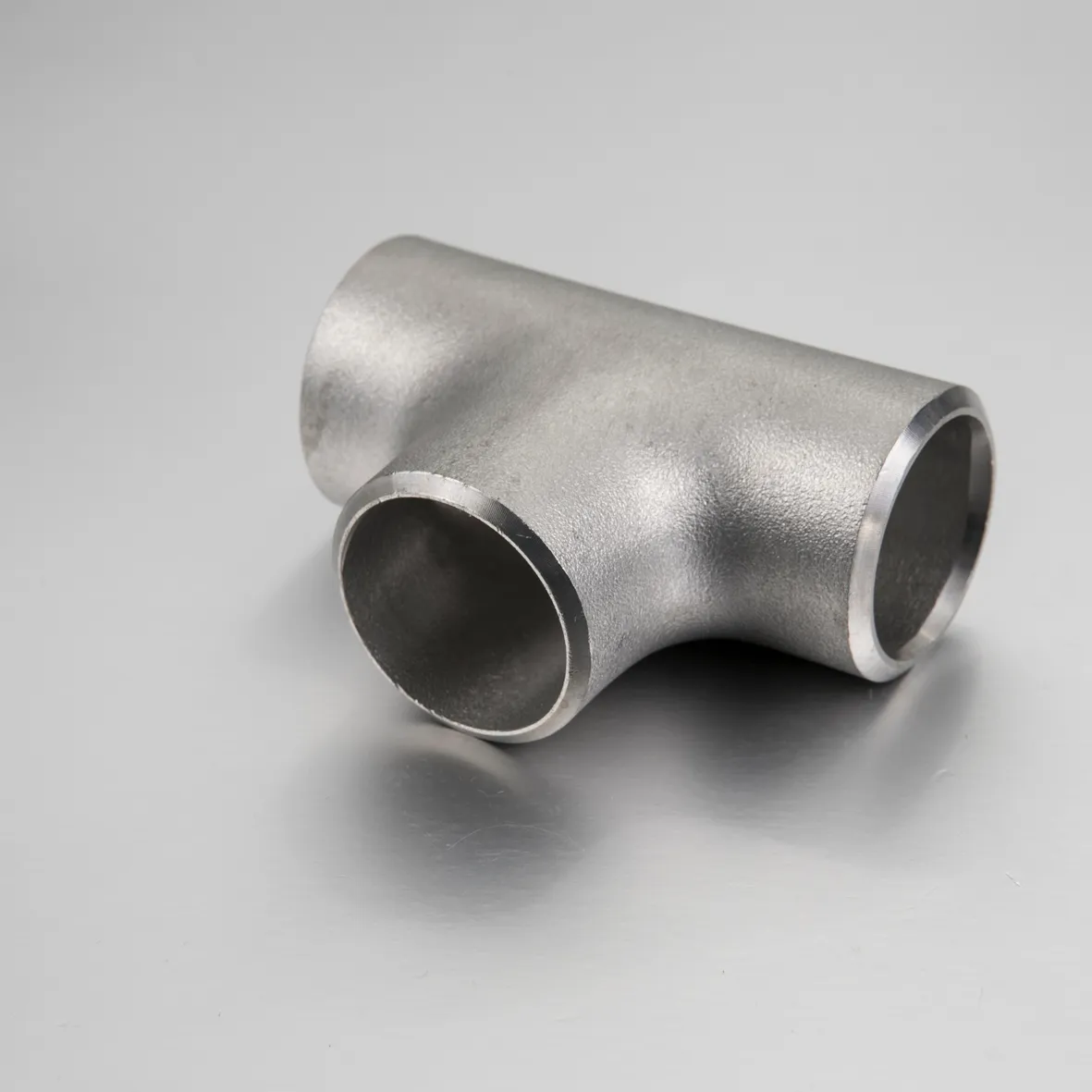-
Cangzhou Yulong Steel Co., Ltd.
-
Phone:
+86 13303177267 -
Email:
admin@ylsteelfittings.com
- English
- Arabic
- Italian
- Spanish
- Portuguese
- German
- kazakh
- Persian
- Greek
- French
- Russian
- Polish
- Thai
- Indonesian
- Vietnamese
- Zulu
- Korean
- Uzbek
- Hindi
- Serbian
- Malay
- Ukrainian
- Gujarati
- Haitian Creole
- hausa
- hawaiian
- Hebrew
- Miao
- Hungarian
- Icelandic
- igbo
- irish
- Japanese
- Javanese
- Kannada
- Khmer
- Rwandese
- Afrikaans
- Albanian
- Amharic
- Armenian
- Azerbaijani
- Basque
- Belarusian
- Bengali
- Bosnian
- Bulgarian
- Catalan
- Cebuano
- China
- China (Taiwan)
- Corsican
- Croatian
- Czech
- Danish
- Esperanto
- Estonian
- Finnish
- Frisian
- Galician
- Georgian
- Kurdish
- Kyrgyz
- Lao
- Latin
- Latvian
- Lithuanian
- Luxembourgish
- Macedonian
- Malgashi
- Malayalam
- Maltese
- Maori
- Marathi
- Mongolian
- Myanmar
- Nepali
- Norwegian
- Norwegian
- Occitan
- Pashto
- Dutch
- Punjabi
- Romanian
- Samoan
- Scottish Gaelic
- Sesotho
- Shona
- Sindhi
- Sinhala
- Slovak
- Slovenian
- Somali
- Sundanese
- Swahili
- Swedish
- Tagalog
- Tajik
- Tamil
- Tatar
- Telugu
- Turkish
- Turkmen
- Urdu
- Uighur
- Welsh
- Bantu
- Yiddish
- Yoruba

Dec . 19, 2024 16:14 Back to list
weld reducer
Understanding Weld Reducers An Essential Component in Pipeline Construction
In the world of industrial piping and construction, the term weld reducer often surfaces when discussing connecting pipes of different diameters. This essential component plays a crucial role in the seamless flow within pipelines, enhancing efficiency while minimizing the risk of leaks and pressure drops. Let’s delve deeper into what weld reducers are, their types, applications, and why they are indispensable in various industries.
A weld reducer is a fitting used to transition from one pipe diameter to another. This transition can be from a larger diameter pipe to a smaller one, known as a concentric reducer, or from a smaller diameter to a larger one, referred to as an eccentric reducer. The selection between these two types often depends on the specific needs of the pipeline system and the orientation of the pipes involved.
Types of Weld Reducers
1. Concentric Reducers These are designed with a common centerline that allows for a gradual change in diameter. They are used in vertical piping systems where the flow of materials can be streamlined without causing turbulence. This gradual change helps maintain pressure and flow rates, making it ideal for applications requiring consistent fluid movement.
2. Eccentric Reducers Unlike concentric reducers, eccentric reducers feature an offset centerline. This design is beneficial in horizontal piping systems, as it allows for the maintenance of the top of the pipe level. Eccentric reducers are preferred in applications where air may accumulate in the pipeline, preventing air pockets that could disrupt fluid flow.
Applications of Weld Reducers
weld reducer

Weld reducers are utilized in various sectors, ranging from oil and gas, water treatment, chemical processing to HVAC systems. In the oil and gas industry, for instance, weld reducers are pivotal in connecting pipelines that transport crude oil, natural gas, and other hydrocarbons. The ability to manage different pipe sizes ensures that flow rates are optimized, reducing operational costs and enhancing safety.
In water treatment facilities, weld reducers help maintain the integrity of the water supply by ensuring consistent flow rates. This is vital for processes such as filtration, where stagnant water can lead to contamination. Similarly, in chemical processing, where precise control over material flow is essential, weld reducers play a significant role in ensuring smooth operations and regulatory compliance.
Advantages of Using Weld Reducers
One of the primary advantages of utilizing weld reducers is their ability to maintain pressure and flow stability. By providing a gradual or controlled transition between different pipe sizes, these fittings minimize turbulence, which can lead to erosion and increased wear over time. Additionally, since weld reducers are welded into place, they create robust joints that resist leaks more effectively than threaded or glued connections.
Moreover, weld reducers can be fabricated from various materials such as stainless steel, carbon steel, and alloys, providing flexibility based on the operational environment's demands. Whether it’s handling high temperatures, corrosive substances, or extreme pressures, there's a suitable weld reducer material for the job.
In summary, weld reducers are an invaluable component in pipeline construction and maintenance. Understanding their function, types, and applications helps engineers and technicians make informed decisions to optimize system performance while ensuring safety and efficiency. As industries continue to evolve and grow, the importance of reliable components such as weld reducers cannot be overstated, marking them as a fundamental aspect of modern infrastructure development. Whether in a bustling refinery or a quiet water treatment plant, these fittings silently support the seamless operation of critical systems across the globe.
Latest news
-
ANSI 150P SS304 SO FLANGE
NewsFeb.14,2025
-
ASTM A333GR6 STEEL PIPE
NewsJan.20,2025
-
ANSI B16.5 WELDING NECK FLANGE
NewsJan.15,2026
-
ANSI B16.5 SLIP-ON FLANGE
NewsApr.19,2024
-
SABS 1123 FLANGE
NewsJan.15,2025
-
DIN86044 PLATE FLANGE
NewsApr.19,2024
-
DIN2527 BLIND FLANGE
NewsApr.12,2024
-
JIS B2311 Butt-Welding Fittings LR/SR 45°/90° /180°Seamless/Weld
NewsApr.23,2024











